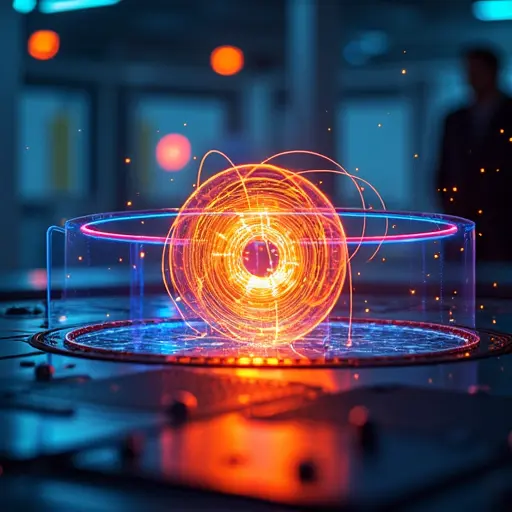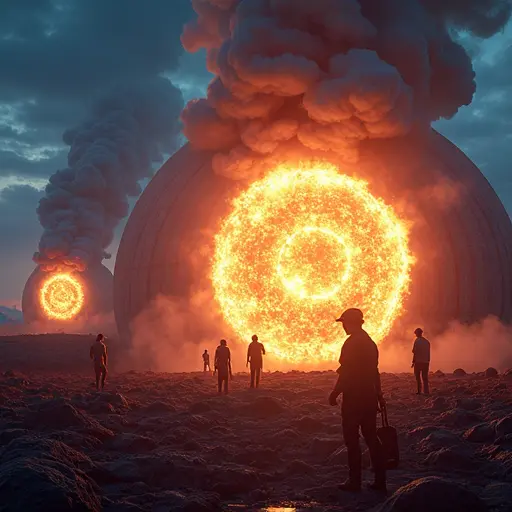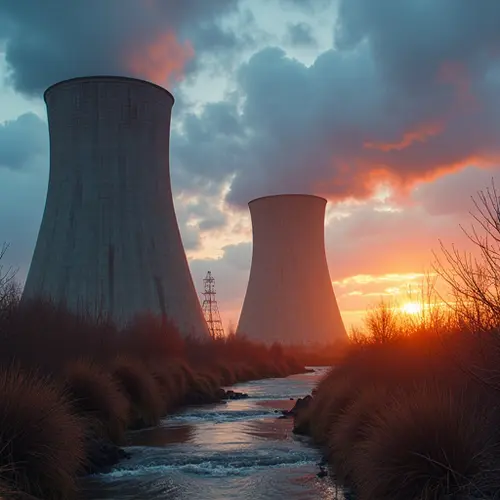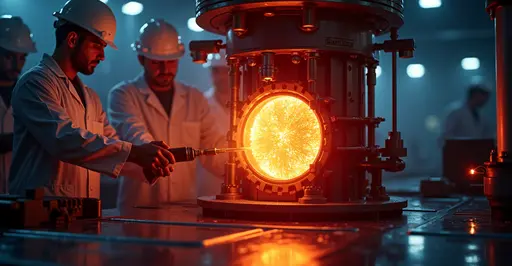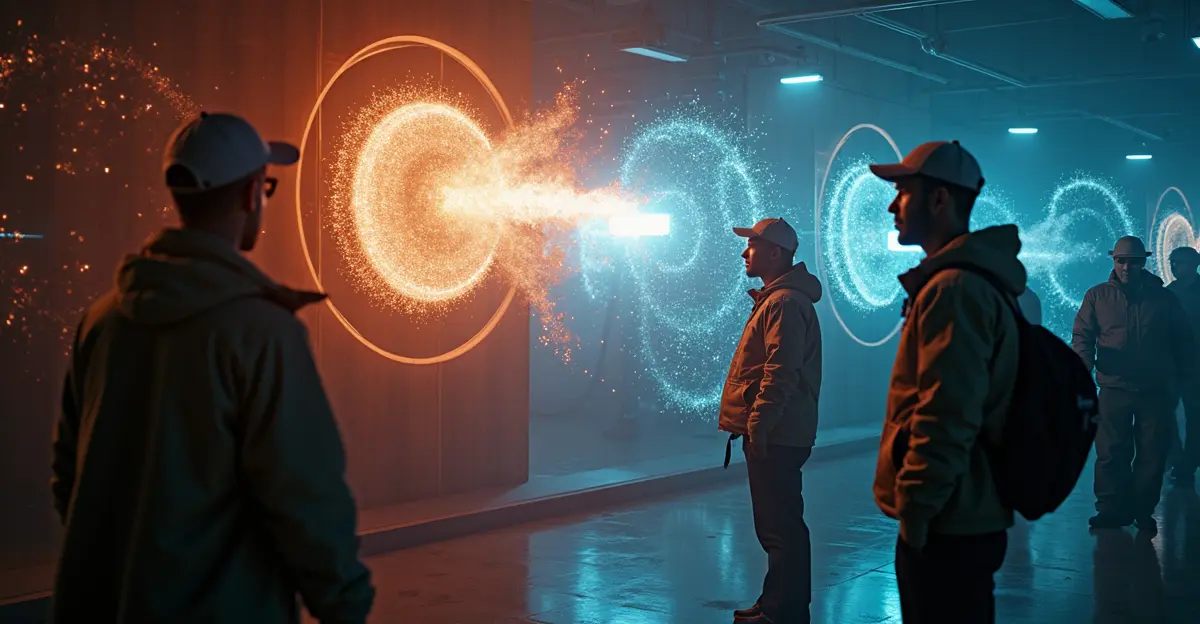ITER's magnet system, crucial for containing plasma in the fusion reactor, is now complete. This milestone brings the project closer to proving the feasibility of clean, nearly limitless fusion energy.
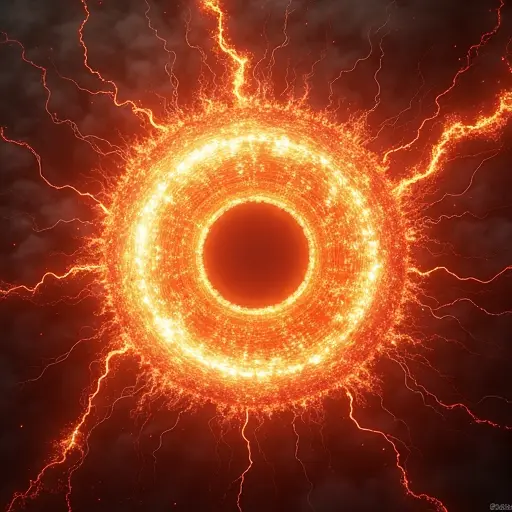
All components of the world's largest and most powerful pulsed magnet system for the ITER fusion experiment are now complete. This system forms the invisible 'cage' that keeps the extremely hot plasma safely contained. Without these magnets, the plasma would melt any material instantly. To understand this achievement, it's essential to grasp what nuclear fusion is and how a fusion reactor works.
Nuclear fusion is the process that powers the sun, generating intense heat and light. It involves the collision of two light atomic nuclei (typically isotopes of hydrogen, deuterium, and tritium) under extreme temperatures and pressure, merging them into a heavier nucleus and releasing vast amounts of energy. On Earth, this process is replicated in a device called a tokamak. ITER, located in southern France, is the largest experimental tokamak to date, aiming to prove that fusion energy is feasible.
The completed magnet system consists of seven superconducting magnets, weighing nearly 3,000 tons and creating a magnetic field hundreds of thousands of times stronger than Earth's. The next phase involves assembling the tokamak, with large-scale tests planned for the 2030s to demonstrate a positive energy balance—producing more energy than consumed.

 Nederlands
Nederlands
 English
English
 Français
Français
 Deutsch
Deutsch
 Español
Español
 Português
Português





